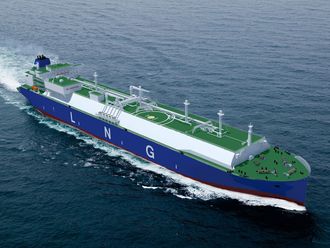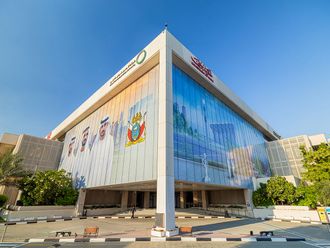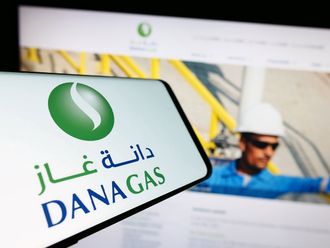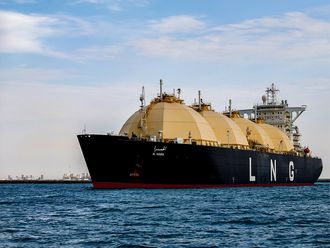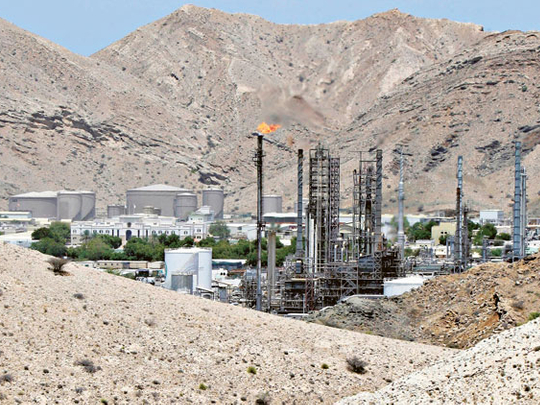
Muscat Rain and labour unrest were some of the factors that caused a marginal decline in state-run Petroleum Development Oman's (PDO) oil production, although the country's oil production increased by 2.3 per cent in 2011.
"The average oil production in 2011 was 884,900 bpd compared to 864,600 in 2010," Nasser Bin Khamis Al Jashmi, Oil and Gas Undersecretary, said at the annual media briefing held by PDO at the Oil and Gas Exhibition Centre in Qurum.
He attributed the increase to new discoveries. "The country's average gas production also increased last year to 95.1 million cubic metres per day compared to 91.1 million cubic metres in 2010, an increase of 4.4 per cent."
The undersecretary also said the average price of Oman's oil in 2011 was $102.90 (Dh377) per barrel, up more than 34 per cent from 2010's $76.60 a barrel.
While oil production increased slightly, the state-run PDO witnessed a marginal decline in its production in 2011 from 553,000 barrels per day (bpd) in 2010 to 549,280 bpd in 2011.
"We lost 410 days' worth of work last year due to various factors, including rain and work stoppages," PDO managing director Raoul Restucci said.
However, he added: "The company's combined production of oil, gas and condensate for 2011 stood at 1,206,000 barrels oil equivalent per day [boe/d], the second highest production on record."
"PDO has delivered stable oil production and increased gas supply consistent with its short and long-term objectives of providing a significant and sustainable energy and revenue stream for the benefit of the Omani national economy and its people," Restucci added.
"The high level of drilling and engineering activity has paid off and, for the fourth successive year, combined production of oil, condensate and gas has increased," he said.
"Daily oil and condensate production in 2011 stood at 549,280 and 93,600 barrels per day respectively and non-associated and associated gas production at 463,000 and 85,000 barrels of oil equivalent per day respectively," added Restucci.
He also announced a successful year in terms of exploration and reservoir development with a number of new potentially significant oil and gas opportunities and additions to reserves.
"While continuing to make conventional discoveries, our exploration emphasis in 2011 shifted to unconventional plays," he said, highlighting the emergence of unconventional tight oil and basin centred gas opportunities.
He also said field development and recovery optimisation studies added 266 million barrels of oil reserves and one TCF of gas reserves (for a combined 450 million boe).
According to Restucci the extensive inventorisation and field development work has resulted in a Reserves Replacement Ratio (RRR) of 1.26, well in excess of 2011 production, while the encouraging unconventional results are expected to underpin longer-term production opportunities after extensive appraisal, testing and maturation work.
Restucci also talked about PDO's new ‘In-Country Value' strategy and the successful recruitment, in partnership with its contractor community, of more than 4,300 Omani nationals.


